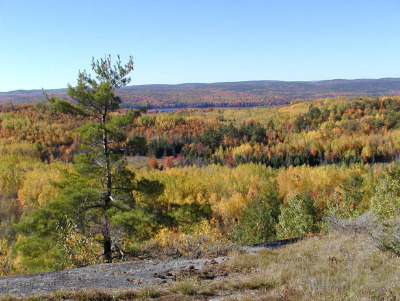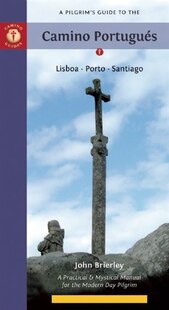The
recreation department in the town has recently approved its master
plan for our favourite municipal park, Mateway Park. If you have a
chance to look at this document it is available online, see my previous entry for the address.
Below
is the text of a letter to the local paper, the Mercury, which
summarizes my reaction to the plan and the reality of the way the
park is currently being mistreated by motorized vehicles.
The
recent release of the development plan for Mateway Park by the town's
Recreation Department was a reassuring and welcome document for those
of use who routinely use the park on foot. It was further reassuring
to see that, after the major facility, the trails are the most used
and valued parts of the park. As the leader of Renfrew's recreational
walking group, The Kick and Push Pedestrian Society and as a regular
dog walker at Mateway, I am pleased at this. I think the Department
shows real foresight in looking at ways to further improve the area,
especially the ideas of an outdoor cross-fit area and improved
accessibility for wheelchair users and less mobile others. This
really acknowledges both ends of the ability spectrum, as it does of
the importance of recreational walking for a healthy community.
For
these plans to work, the Department is going to have to address what
I see as a major obstacle for us foot-powered users. This is the
night-time use of the trails by various motorized vehicles. In recent
months the few yahoos who are unaware of the purpose of these trails
have chewed up and damaged trails, making them unsafe for
pedestrians. With the most recent snowfall, another group of
4-wheeling truckers have utterly destroyed the trails for walkers,
skiers or snow-shoers. I am disappointed that this inappropriate use
by a few makes it unusable by so many. Its not as if there aren't
kilometres of proper seasonal roads which are open to motorized
vehicles.
The
signage in and around the park is either absent, illegible or, in
places, where the signs are so old, seems to approve motorized
vehicles. There are very few obstacles to motorized vehicle travel on
the trails. A few open barriers which would not affect pedestrians
would go a long way to discouraging vehicles. Hopefully, there is
something which would get the message across to motorized vehicles
without having to rely on any enforcement or fines. There is not much
use to imagining a great park if the property's managers allow
uncontrolled misuse that discourages intended users from enjoying the
trails.
Yours
, on the journey,
Ray
Walk
as if you are kissing the Earth with your feet
Thich
Nhat Hahn










